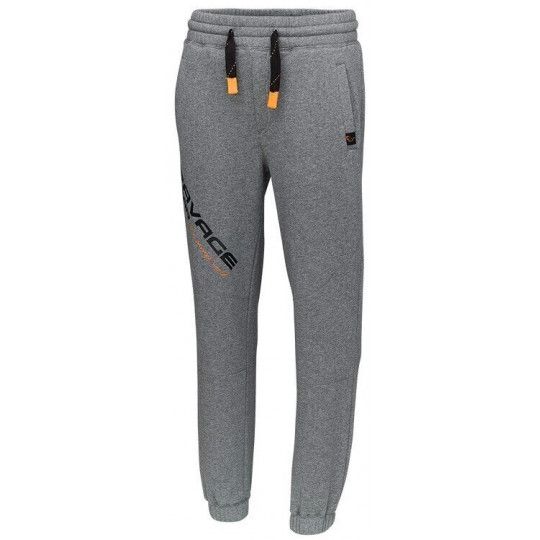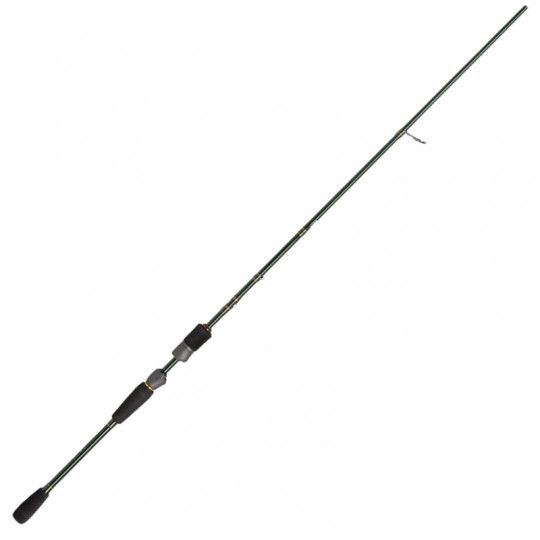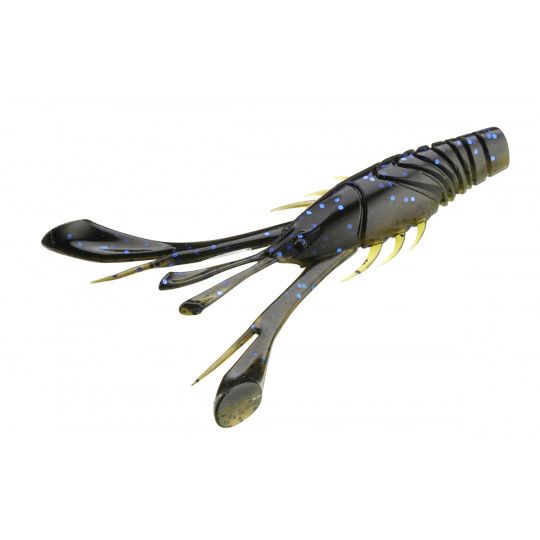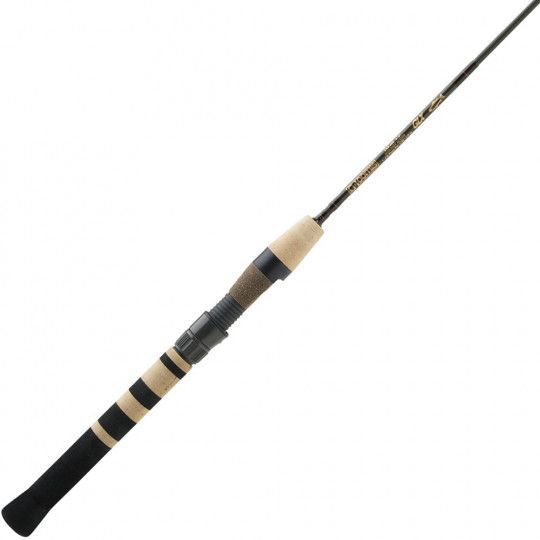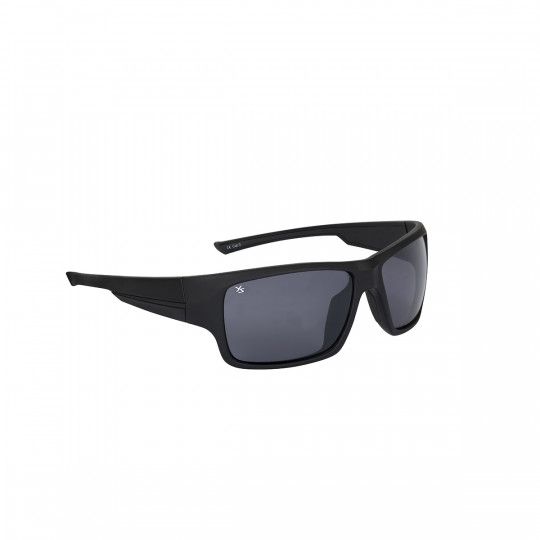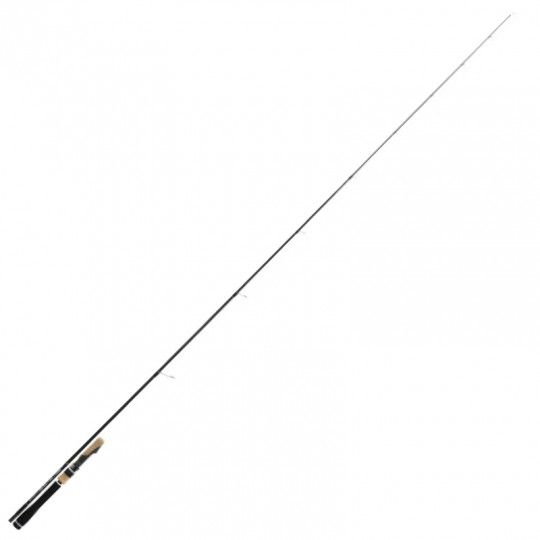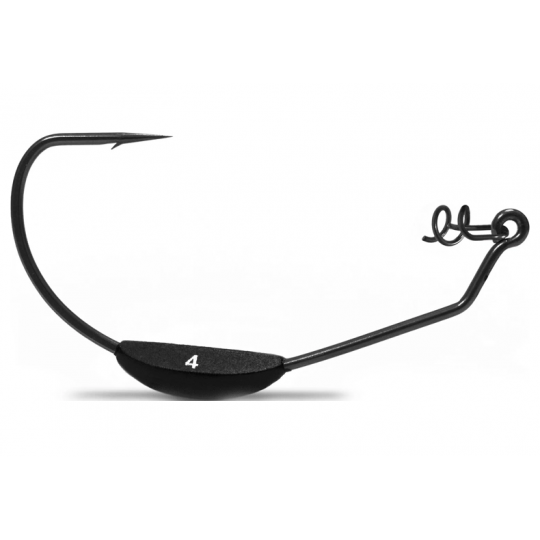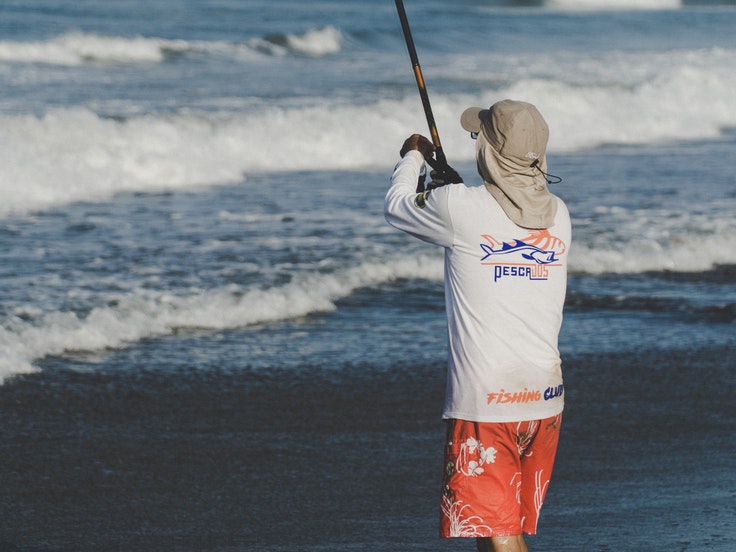
It's hard to find a rod surfcasting fishing rod from all the references out there rodbut also the action of a rod surf casting, and so on.
There's a whole range of criteria to take into account if you want to feel comfortable fishing and catch as many fish as possible. Let's find out together which rod surfcasting line is best suited to your fishing style and your reel.
What size rod for surfcasting?
.jpg)
Surfcasting is a very common technique that's accessible to everyone and involves fishing with a surf cast from the shore. While sea bass is one of the most sought-after fish with this fishing technique, bream and sar are also prime targets for your bait, as are others found in salt water.
The first important criterion for choosing your surfcasting rod is its length.
There are no right or wrong choices or models here, it all depends on the way you fish, the distance at which you want to cast your bait and the type of fish you're after.
As a general rule, and particularly with surfcasting rods, the length of the rod determines the distance at which you can cast your bait. Some anglers manage to cast their bait more than 160 metres offshore with a surfcasting rod professional rod, often fitted with top-quality guides such as those found on models Daiwa or Shimano
Models under 4m
This type of rod is fairly rare on the market. You'll find a few 3.60m and 3.90m models that correspond to very specific fishing practices with specific gram powers. They allow you to practice on spots with few or no waves, while saving weight by reducing the number of rings and carbon, and making casting easier.
They mainly target very calm areas. This could be salt ponds, lagoon fishing or fishing between the beach and the coral reef. You'll gain in sensitivity and feel thanks to a short and often less tapered blank, but you won't lose power.
Sometimes available in several sections, this will be the perfect rod for you if you're travelling abroad to areas where it's typically used.
Rods between 4m and 5m
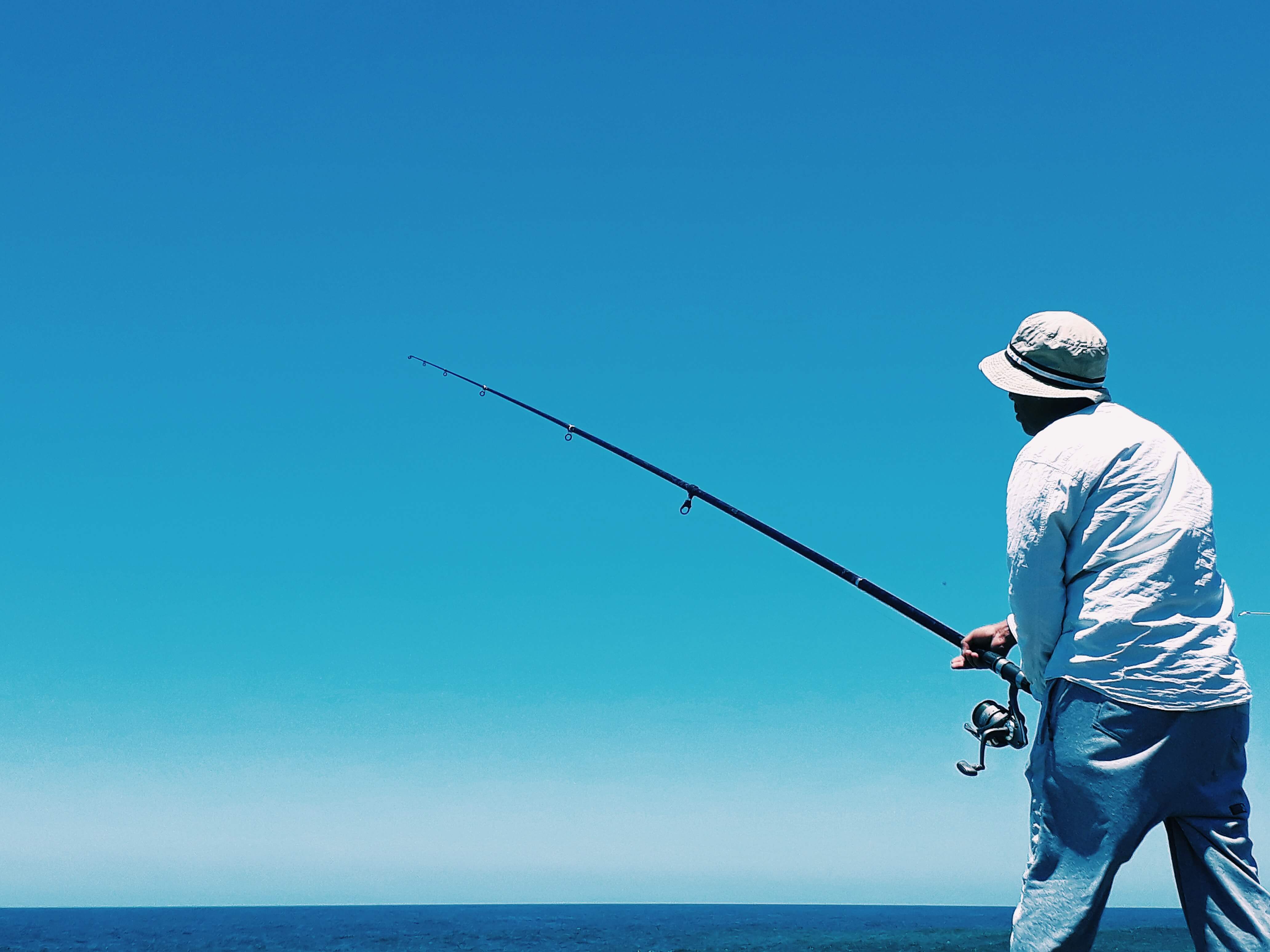
These are the most popular models for shore fishing. In fact, the length that all anglers agree on is 4.20 m or 4.50 m. If you're fishing in France, whether on the Atlantic or the Mediterranean, with a light or heavy technique, you'll normally be split between these two rod sizes.
For a beginner angler, we would tend to recommend the 4.20 m model. It will be easier to put into action and won't require as much technical skill to cast as the other model. For days with heavy weather, you'll simply have to opt for 1.50 m Surf picks. This will ensure you get over the waves without being hindered and don't lose the advantage of distance by seeing your rig drift away.
For the more experienced angler or those with a particularly large frame, you'll need to go for the 4.50 m model. When used with a suitable reel, it will allow you to reach ever greater casting distances while having total control over the rigs and baits that come with it. This length is very popular in competition.
Casting distances will not necessarily be greater, but the positioning of the rod in relation to the height of the waves will help you maintain a well-positioned line. This will give you the freedom to fish more technically.
This will also come in very handy during fights, as it will give the fish less chance of pressing against the bottom, making it easier for them to struggle and unhook. You'll be able to master beaching fish or take advantage of the extra length to pump easily when you're up against a powerful fish.
The versatility and comfort of this range will be the watchwords of its 4m20 or 4m50 lengths. It's a wise choice for beginners and anglers who want to be able to fish in a wide range of places without having to think too much. If you also opt for a quality carbon, you won't be able to do without it, thanks in particular to the responsiveness of the rod and the tens of grams saved.
The surfcasting rod 5m long distance is perfect for long casts. However, you'll need to pay particular attention to the weight of the rod, which will increase with size, and of course you'll need the right reel.
A surfcasting rod 5m will also allow you to keep your line over reels or areas likely to be crowded. This length of rod is perfect if you're fishing from beaches with big waves, for example.
Lengths over 5m for surfcasting
These are clearly the less popular models. They correspond to less common practices. However, there are certain situations that should not make you hesitate to choose a longer length.
Dyke fishermen are certainly the first to be concerned by this use. These structures often have riprap that is several metres wide. Opting for a long length of 5 or 6m means you can easily retrieve the fish. This will avoid the risk of losing the fish in the rocks or having to descend during the fight, an often perilous position, with its share of falls and broken equipment, reels and rods included.
This type of rod is also suitable for fishing behind a ShoreBreak to keep the tip above the waves. This may sometimes seem a little excessive, but it really makes a difference when it comes to holding your rig in place and taking advantage of the activity of the fish behind the swell.
In conclusion, most of the rods you'll find are 4m20 or 4m50. Versatile, affordable and easy to use in a wide range of conditions, these rods will ensure that you don't make any mistakes when you start out. For more specific conditions, you'll want to consider other models that are not only more original, but also much more practical and effective.
What surfcasting equipment should I choose?
.jpg)
Surf casting equipment is constantly evolving, and the materials used in rod are becoming increasingly technical. Manufacturers such as Daiwa or Shimano no longer hesitate to combine components with different properties to achieve the right balance between lightness, strength and sensitivity.
HM carbon (high modulus)
HM carbon surf casting rods are the top of the range of surfcasting equipment. It's the perfect balance between lightness and strength, but it's still a little more fragile than HR carbon. In fact, some manufacturers no longer hesitate to combine these two carbons to produce a hybrid model.
HR carbon (high strength)
Less rigid than HM carbon, HR carbon is the material most commonly found in the blanks of rod fishing ro ds for mid-range surfcasting. HR carbon rods are strong and durable. HR carbon is also lightweight and makes for a comfortable surf casting rod.
Fibreglass
In the past, fibreglass was mainly used as a base for building a blank. Nowadays, it's no longer used because it's much heavier than high-modulus, high-resistance carbons. It did, however, offer very good resistance for surf casting rods.
What action should a rod surf casting rod have?
After length and materials, the action of a rod surf casting rod is an important criterion to take into account when choosing your sea fishing equipment. It corresponds to the flexible aspect of your rod and represents the deformation the rod will undergo when fighting a fish or casting your bait. There are three types of action:
- Parabolic
- Semi-parabolic
- Tip action
The parabolic action is the most flexible of the three. A rod surf casting with parabolic action will therefore work on two thirds of the blank when fighting a fish, making it a rod widely used for stalking big fish.
A semi-parabolic action surfcasting rod will allow anglers to achieve a perfect balance in terms of elasticity when fighting fish, while retaining the speed and quickness of a rod with a tip action.
Finally, tip action surfcasting rods are perfect for making very long casts because they only work on the tip of the rod, also known as the tip.
Rod what is the difference between a telescopic surfcasting rod and a take-apart rod?
There are two types of rod in today's surfcasting equipment:
- Rod telescopic surfcasting
- Rod plug-in surfcasting
Telescopic surfcasting rods are more commonly used by experienced anglers, as their action is much more precise than with a telescopic rod. However, they take up more space and come in 2 or even 3 sections.
A rod telescopic surf casting line has the advantage of being easier to store and transport. All the angler has to do is unfold the rod and set up the line to start fishing. Telescopic rods are also used for dike and jetty fishing.
The power of a rod surfcasting fishing rod
One of the last choices to make for your rod surfcasting fishing rod concerns its power. This determines the weight in grams that the rod can support and cast. Your reels will of course have to meet these requirements. There are three different types of power for surfcasting:
- Light: between 60g and 120 grams
- Medium: between 80g and 150 grams
- Heavy: between 100g and 200g
You need to choose the power of your rod according to the fish and the fishing grounds. For example, a heavy weight of between 100g and 200g is best for fishing in fast-flowing water with a large weight.

